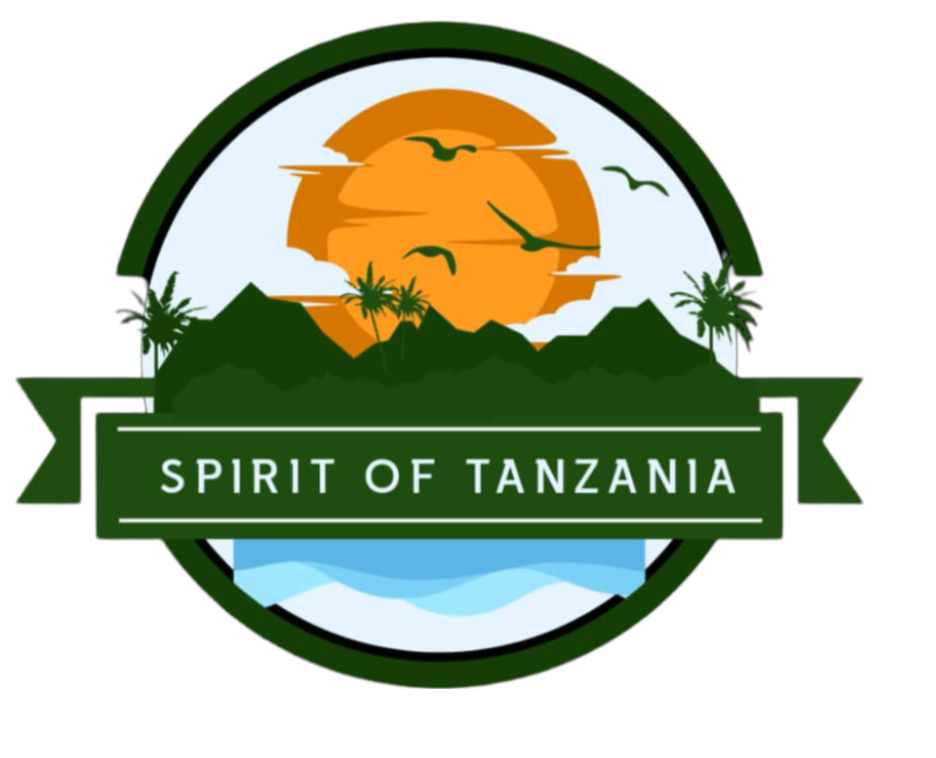8 DAYS MOUNT KILIMANJARO MACHAME ROUTE
The Machame Route, often referred to as the “Whiskey Route,” is a popular choice for climbers seeking a balance of challenge and scenic beauty. This route is renowned for its diverse landscapes and effective acclimatization, making it a favorite among trekkers.
Highlights:
- Diverse Landscapes: The Machame Route offers a varied trekking experience, from lush rainforests and moorlands to alpine deserts and arctic conditions, showcasing Kilimanjaro’s ecological diversity.
- Scenic Views: Enjoy spectacular vistas of Mount Kilimanjaro’s different sides, including panoramic views of the crater, glaciers, and the surrounding African plains.
- Acclimatization: The route’s altitude profile helps with acclimatization, reducing the risk of altitude sickness by following a steady ascent pattern and providing ample time to adjust.
- Dramatic Terrain: Traverse through impressive landscapes such as the Shira Plateau and the Barranco Wall, each offering unique and stunning views.
- Summit Success: Reaching the summit via the Machame Route rewards climbers with a memorable sunrise at Uhuru Peak, offering expansive views of the glaciers and the vast African horizon.
The Machame Route is ideal for those looking for a rewarding, scenic trek with a reasonable challenge and a high summit success rate.
Day 1:
Pick up from Kilimanajaro airport and transfer to hotel in Arusha
Day 2:
Machame Gate (1490m) – Machame camp (2980m)
Hiking time: 7 hours
Distance: About 18 km’s
Habitat: Montane forest
Transfer from your hotel to the Kilimanjaro National Park gate at Machame. From here, you trek through the lush forest to Machame hut. Overnight stay at the camp.
Day 3:
Machame camp (2980m) – Shira camp (3840m)
Hiking time: 6 hours
Distance: About 9 km’s
Habitat: Moorland
Leave the forest. The path follows a steep ridge passing through open moorlands crossing a large gorge to reach Shira hut. Overnight stay at the camp
Day 4:
Shira (3840m)-Lava Tower (4630m)-Barranco camp (3950m )
Hiking time: 7 hours
Distance: About 15 km’s
Habitat: Semi desert
You turn eastwards and continue ascending through the dry landscape before dropping again to reach Barranco hut. Overnight stay at the camp.
Day 5:
Barranco camp (3950m) – Barafu camp (4550m )
Hiking time: 7 hours
Distance: About 13 km’s
Habitat: Alpine desert
The path climbs steep out of the Barranco valley and crosses the Karanga valley, then turns North to reach Barafu Hut. Overnight stay at the camp.
Day 6:
SUMMIT ATTEMPT
Barafu camp (4550m)-Uhuru Peak (5895m)-Mweka (3100m)
Hiking time: 8 hours to reach Uhuru Peak
7/8 hours to descend to Mweka
Distance: About 7 km’s ascent – 23 km’s descent
Habitat: Stone scree and ice-capped summit
Along day with an early start to reach the crater, ream at the Stella point in time for sunrise, then to Uhuru peak, the highest point in Africa. After wards, descend to Gilman’s point and down to Horombo hut. Over night, stay at the campsite
Day 7:
Descend down passing Mandara hut to the gate where you are transferred back to your hotel in Moshi for dinner and over night.
Day 8:
After breakfast board shuttle bus from your hotel and proceed to Nairobi arriving late in the afternoon (6.30 PM).
INCLUDED IN TREKKING PACKAGE:
Kilimanjaro trekking according to the itinerary
Professional, English-speaking Wilderness First Responder & CPR certified Guide
Proper Ration of Mountain crew (Cook & Porters)
Pre and Post accommodations (2 nights Bed and Breakfast)
Airport Transfers
Meals according to the itinerary
Drinking water and Full Board Meals
All National Park & Hut Fees, Crew Permits and VAT
Fair and Sustainable Salary Crew Wages
Gate Transfers
Complimentary Oxygen Cylinder
Credit Card Transfer Fees
EXCLUDED FROM TREKKING PACKAGE:
Flights
Visa fees
Travel or Medical Insurance is required and you should ask for Recommendation
Gamow Bag
Medication
Tips for porters and mountain crew is recommended $450 per person
Personal spending money for souvenirs etc.
Energy food & beverages, alcoholic and soft drinks
Personal hire gear such as trekking poles, sleeping bags, etc.
Additional lodge nights if early descent from the mountain
How to Book
- Click Button Below
- Fill the Form .
- Send us the form.
About this Tour.
- Best price guarantee
- No charges on request
- Over 1000 Tourists Served by us
- Response within 24 hours
Lock this Trip Today.
- 30% Booking Deposit
- All Departure are Guranteed
- Chat with Our Experts Live
- Value for Money Guarantee
Why Travel With Us.
- Expert Local Knowledge
- Luxury and Comfort
- Personalized Itineraries
- Your Safety First
Frequently Asked Questions about KILIMANJARO TREKKING
The best time to climb Mount Kilimanjaro is during the dry seasons, from January to mid-March and from June to October. These periods offer the most favorable weather conditions and clearer views.
Climbing Mount Kilimanjaro is challenging due to the high altitude and the physical demands of the trek. However, with proper preparation, acclimatization, and determination, many people of varying fitness levels successfully reach the summit.
No, Mount Kilimanjaro is a non-technical climb, which means you don’t need specialized climbing equipment or technical skills. It is essentially a high-altitude trek.
The duration of the climb depends on the chosen route. The most popular routes, such as Marangu and Machame, typically take 5 to 7 days to complete.
There are several routes to the summit, each offering unique experiences. Popular routes include Marangu (Coca-Cola route), Machame (Whiskey route), Lemosho, Rongai, and Northern Circuit.
Success rates vary by route and climber preparation. Generally, longer routes with better acclimatization opportunities have higher success rates. On average, the summit success rate ranges from 60% to 90%.
Essential items include layered clothing for varying temperatures, sturdy hiking boots, a warm sleeping bag, a headlamp, a first aid kit, and plenty of snacks. A detailed packing list is typically provided by tour operators.
Yes, Tanzanian regulations require all climbers to be accompanied by a registered guide. Guides, along with porters and cooks, ensure safety, provide support, and enhance the overall experience.
Acclimatization is key to preventing altitude sickness. Climbing slowly, staying hydrated, and choosing longer routes that allow more time for acclimatization can help. Some climbers also use medications like Diamox to mitigate symptoms.
Accommodation varies by route. On the Marangu route, trekkers stay in huts with basic facilities. Other routes offer camping, with tents set up by porters.
Meals are prepared by cooks and typically include a variety of nutritious foods to keep climbers energized. Common meals include soups, pasta, rice, vegetables, and fruits.
If a climber cannot continue due to illness or exhaustion, guides will assist in descending to a lower altitude or arrange for evacuation if necessary. Safety is the top priority.
Ready for an unforgettable adventure?
Contact us now to book your Kilimanjaro Trekking!




